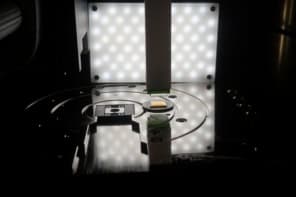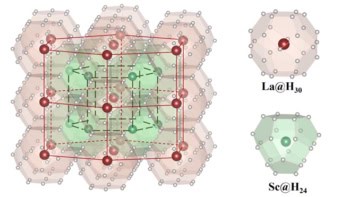Evidence for a 'stripe phase' in high-temperature superconductors has increased following recent neutron scattering and ion channelling experiments. The stripes, which are a few atomic spacings wide, contain alternate high and low densities of electron charge and spin density. Both sets of experiments were carried out on yttrium barium copper oxide (YBCO) and the results cannot be explained in terms of the theories that explain the behaviour of metals or low-temperature superconductors (Nature 404 729 and 736).
The neutron scattering experiments were carried out by Herb Mook from the Oak Ridge National Laboratory and colleagues, while the ion channelling experiments were performed by Rajeshwar Sharma from the University of Maryland and co-workers. Mook and co-workers showed that certain magnetic fluctuations in YBCO are one-dimensional – as would be expected if the stripe model was correct – whereas previous results had found evidence for two-dimensional fluctuations. The apparent discrepancy is due to the use of twinned and detwinned crystal samples.
The stripe models also predict various phase transitions as a function of temperature. Using MeV helium ion channelling – an ultrafast probe with sub-picometre resolution – Sharma and co-workers observed fluctuations in the YBCO lattice that were consistent with the prediction of the stripe models.



